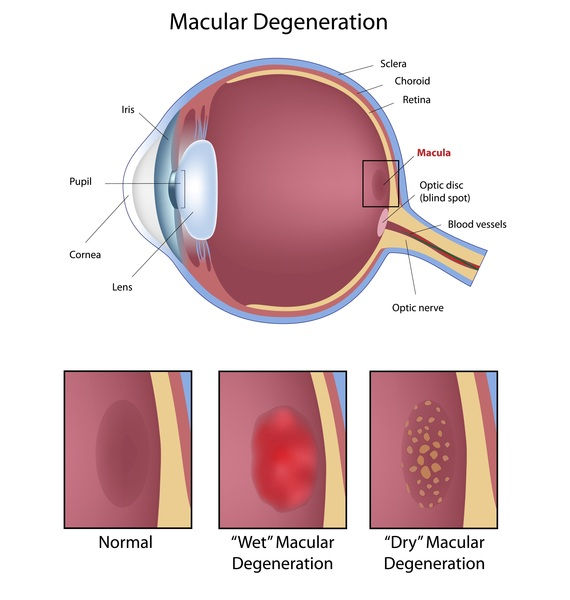Digging into the research around UV exposure
- Dr. Maximillian Goli

- Jun 24, 2020
- 3 min read

UV radiation (UV) has both positive and negative effects on human health. On the positive side, UV is known to mediate the natural synthesis of vitamin D and “feel good” endorphins in the skin (1). However, UV is also a known carcinogen that has mutagenic, tumor initiating, and tumor promoting properties. Solar UV radiation can be subdivided into UV-A, UV-B, and UV-C based on their wavelengths and energy thereby affecting cells differently. On an individual level, a variety of factors affects dosing including strength of solar radiation, length of time spent outdoors, UV protection in clothing, use of sunglasses, use of sun block, and others (2).
The reflectiveness of the various surfaces in the environment plays an important role in UV exposure. Research by Hathaway & Sliney (2016) on horizontal surfaces at “high noon” on a sunny day showed UV reflectance percentages of: 88% fresh snow, 59% dirty snow, 25-30% sea foam, 22% white house paint, 15-18% dry sand, 8-12% concrete, 4-9% black asphalt, 4-6% soil, and 3-5% for lawn grass (3). As with any type of exposure, duration of outdoor stay can amplify these figures further. Wearing a hat only blocks UV light coming from directly overhead but it does not protect against reflected UV (e.g. ground, building walls, glass surfaces, wet surfaces, etc.) at the ground level or from the sides. Snowy environments produce the greatest UV reflectance of up to 88%. In some instances, unprotected individuals may suffer from “snow blindness”, a temporary loss of vision often accompanied by pain due to overexposure to UV.
Children are a potentially overlooked and under-protected population. Every parent has heard about the importance of sunscreen. However, there has been a lack of consistent reminders about the importance of sunglasses for kids. Almost 50% of the total UV our eyes are exposed to by age 60 occurs before the age of 20. The longer our kids are left unprotected over their younger years, the more likely their eyes are at risk for various types of sun damage. One contributing factor is that at birth up to our young adult years, the lenses inside our eyes are clear. Our lenses yellow over time as a natural part of aging but during the time they are clear, UV light is easily able to pass through all the way to the back of our eyes.
The health of our eyes does not just involve the inside. The outside of the eye is also susceptible to UV damage. In particular, the eyelids and “whites” of the eyes are susceptible to various cancers and tissue growths. Basal cell carcinoma, one of the most frequently encountered skin cancers, can occur in the eyelids or the skin around the eyes. Tissue growths such as pinguecula and pterygium can occur on the conjunctiva – the clear thin membrane covering the surface of the eye. Contact lens wearers with UV blocking lenses are affected as well. Doing away with sunglasses leaves those areas of their skin and eye exposed. As we all move towards healthier lifestyles, it is time to start making UV protection a regular habit.
Fell, G. L., Robinson, K. C., Mao, J., Woolf, C. J., & Fisher, D. E. (2014). Skin β-Endorphin Mediates Addiction to UV Light. Cell, 157(7), 1527–1534. doi: 10.1016/j.cell.2014.04.032
Dorazio, J., Jarrett, S., Amaro-Ortiz, A., & Scott, T. (2013). UV Radiation and the Skin. International Journal of Molecular Sciences, 14(6), 12222–12248. doi: 10.3390/ijms140612222
Hathaway, J. A., & Sliney, D. H. (2016). Ultraviolet Radiation. Physical and Biological Hazards of the Workplace, 197–201. doi: 10.1002/9781119276531.ch12




Comments